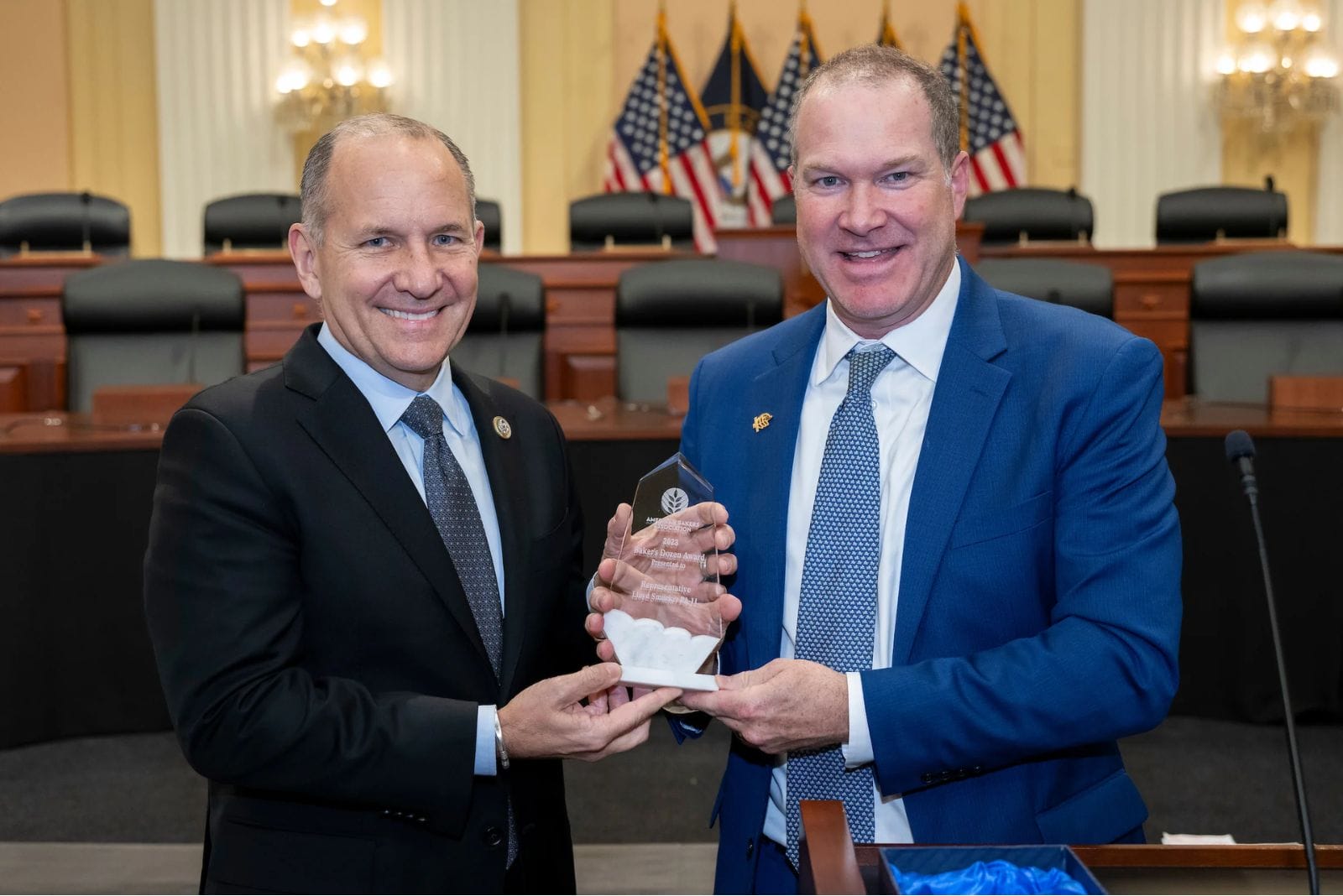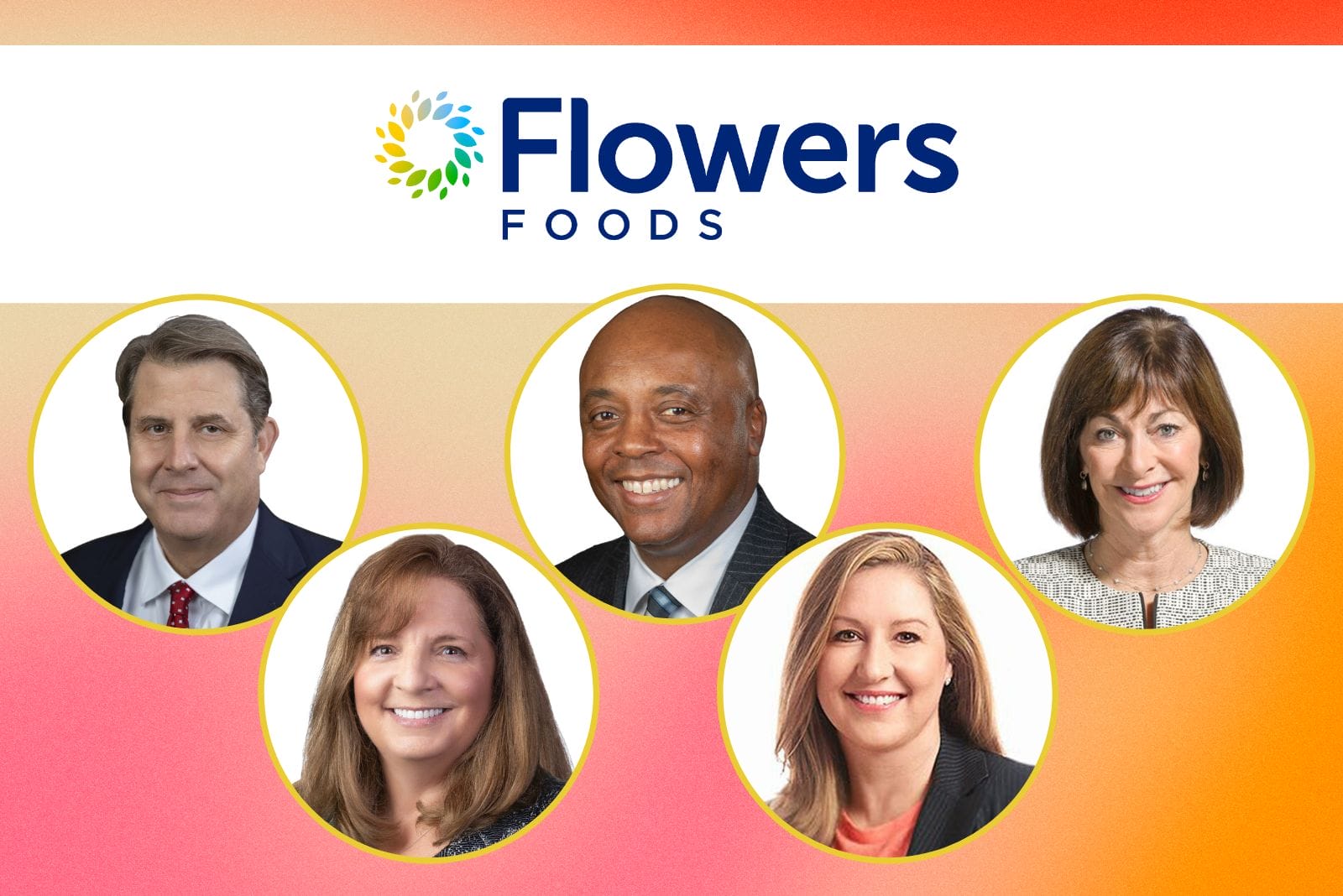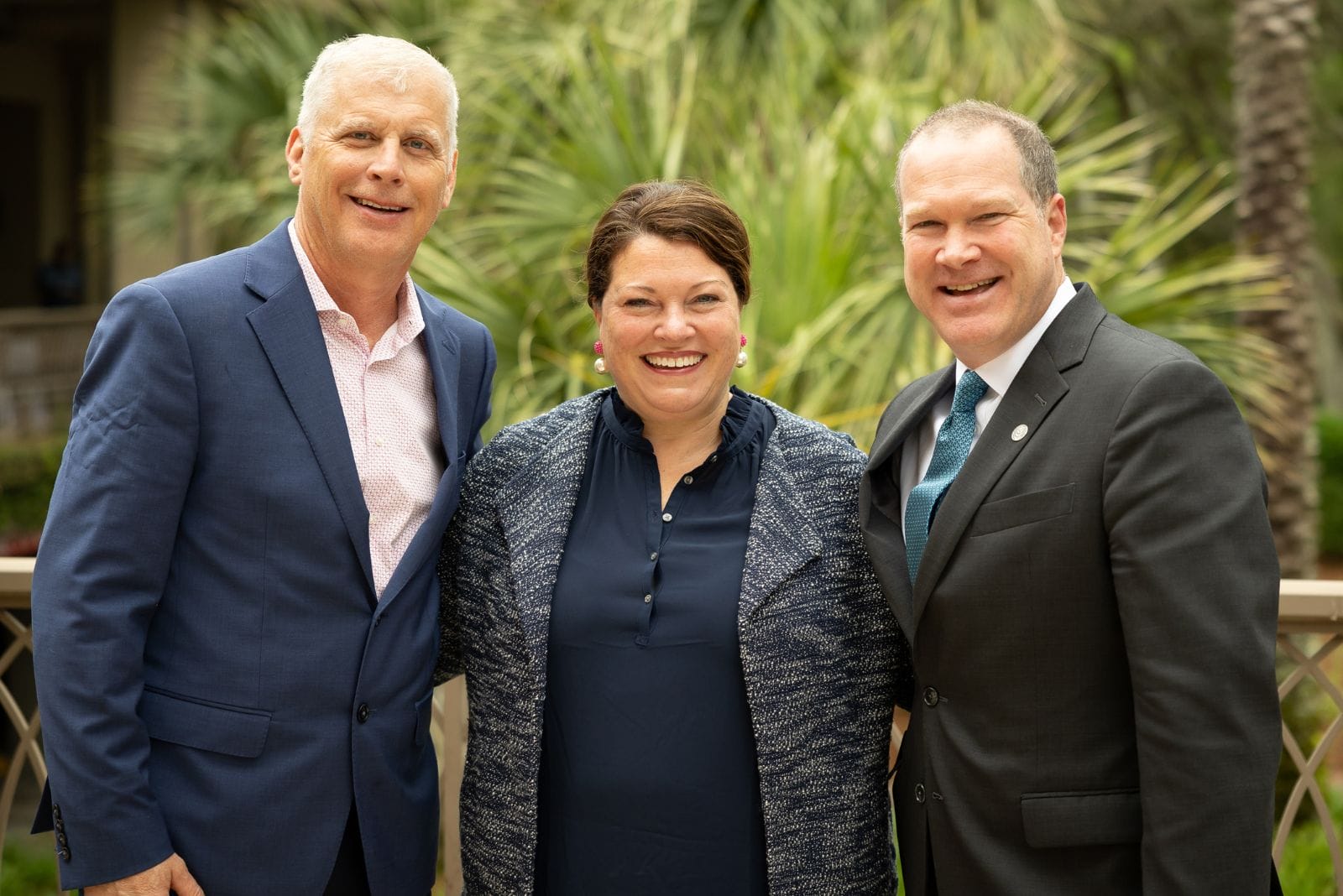KANSAS CITY, MO — Pandemic notwithstanding, the baking industry has seen more than its share of disruption over the past few years. Associations are welcoming new leaders into the fold as their memberships and boards ideate in all new ways.
Joanie Spencer, Commercial Baking editor-in-chief, sat down with Kerwin Brown, president and CEO of BEMA; Eric Dell, president and CEO of the American Bakers Association (ABA); and Kristen Spriggs, executive director of the American Society of Baking (ASB) for an exclusive discussion about change in the industry and innovation for all as we look to the future.
These leaders bring a diverse mix of perspectives and decades of expertise at arguably the most stirring time in baking’s history. Brown’s more than 30 years in the industry — 18 of which he has spent leading BEMA — complements the entry of Dell and Spriggs, two fresh faces leading century-old associations. While Dell joins ABA from the National Automatic Merchandising Association, a tangential organization with some crossover membership, Spriggs brings an all-new viewpoint from the mutual insurance association community to ASB, which will celebrate 100 years in 2024.
In this conversation, the leaders share their views on the most critical issues facing their members and the impact those issues have on the industry at large.
Joanie Spencer: Eric and Kristen, what are your first impressions of the baking industry so far?
Spriggs: I’ve seen so many areas where this industry is rooted really well and where there are opportunities for change. One thing I noticed right away was how many familial types of connections there are. I’ve been reflecting on where that comes from. Some of it comes from people who have worked in the industry through literal family connections. But there are also people who just stay in the industry. They might be a baker one day and then move over to the supplier side, but regardless, they stay in the industry. There’s a sense of pride here, this feeling that we’re all in this together.
Dell: I agree. I’ve seen the family ties as well, especially with companies that are multigenerational. I’ve also seen camaraderie in this industry. One thing that has stood out to me is how competitors can come together and help one another at times. And people really do stay. I was in a bakery that had a plaque celebrating milestones. They had blocks of names [of people] who had worked there for decades — 40 years or more — and they were still adding to it. The work people do in a bakery is hard work, but it’s that hard work that brings them together, and that camaraderie makes them want to stay.
Kerwin, let’s jet back to your early days in the industry when you were in Eric’s and Kristen’s shoes. How have things changed?
Brown: I think there are fewer ‘silos’ now. I like to hear all of these perspectives because it proves there’s meaningful collaboration taking place. You can really see it with the associations. We are attending one another’s events and having more discussions than ever about new ways we can work together. There’s a new level of engagement. There were probably 125 people at my first BEMA Annual Meeting, and now we are all breaking attendance records. We have new ways for our members to engage and collaborate, and that’s really different than it was several years ago. All three organizations are broadening the ways that people can connect now.
Dell: We are complementing each other.
Spriggs: Our boards and members have, frankly, challenged us to do this, and it’s given us opportunity. If our boards and members preferred for us to stay the course and maintain the status quo, we wouldn’t be having these conversations.
Brown: In general, association members want solutions. They’re not looking for those silos; when they have issues, they just want solutions. That’s going to help us achieve a whole new level of collaboration for the foreseeable future.
Speaking of challenges, workforce and supply chain have topped the list. What are you hearing from your members about these two critical issues?
Spriggs: When you really look at it, neither of these are new problems; they’ve just been exacerbated in recent years. What I’m hearing is a call for innovation to solve them creatively. We’re hearing about dark sites, robotics, climate-controlled vehicles — all kinds of innovation. From a workforce standpoint, this is a big area where collaboration comes in. There’s opportunity for more training and education across the board. For me, it’s innovation and collaboration.
Dell: I think we have to work more broadly, especially with workforce challenges. I’m hearing from my board that ABA can be even more involved, from a leadership standpoint, in finding those solutions. We’re working on how we can get involved in policy areas that impact workforce challenges.
Brown: For the past couple of years, we’ve been working hard on supply chain issues, and we’re finding solutions. The industry overall has increased its efforts in areas like redundancy and transparency in communication. Trucking is still a serious issue, though. And when you combine that with the workforce challenges that still exist throughout organizations, you can see there are still real challenges to address. That said, I think these challenges we’ve faced over the past three years have made us stronger as an industry.
Spriggs: When I think about areas to innovate and collaborate, the trucking issue is a great example. There are so many industries facing this, and people are looking at autonomous driving solutions. So, how can we collaborate and engage in these autonomous driving conversations? We need to effectively utilize resources among our organizations.
The baking industry is seeing more than its share of disruption after decades of status quo. What’s the key to balancing tradition and innovation?
Brown: Being in the industry for a while, I have a tendency to stick with the traditional sides of things, especially having connected with people over so many years and watching their families grow up. There’s an emotional connection to that. But we’re also given new opportunities to have new people at the table and new leadership voices. That’s really the key to getting young people and new faces involved. We need a blend; we need tradition, but we also have a new generation that’s ready to move the industry forward.
Spriggs: It’s important to create space for that. I recently participated in an ASB past chairmen’s luncheon. I had been with the Young Professionals group prior to that, and they had been talking about all the changes they want to see. Meanwhile, the past chairmen were sharing stories from the past and the history that can be found in the Baking Hall of Fame. We have to revere and honor those traditions without holding ourselves back from innovating and providing what the next generation needs.
Dell: It’s about taking the best parts of traditions and building upon them. We have to take the most valuable elements of our traditions and use them as the springboard that can successfully take our associations and the industry into the future.
This story is from the 2023 New Products Annual issue of Commercial Baking. Read the full story in the digital edition here.












